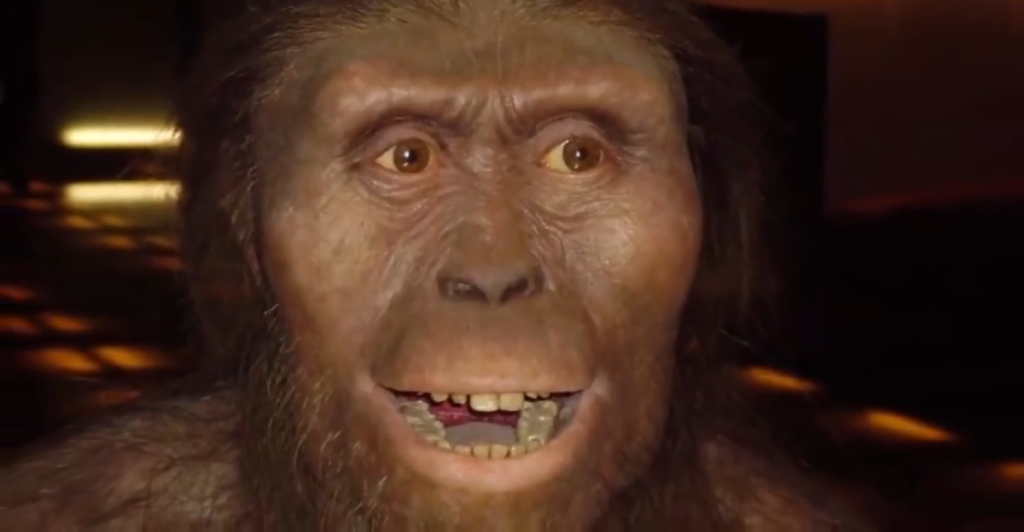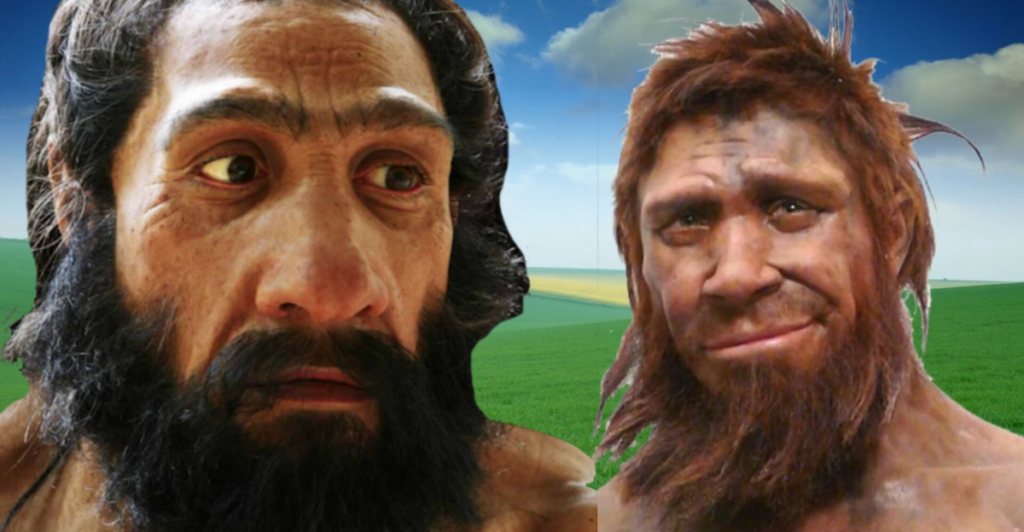
Evolution is one of the most fascinating processes in biology, yet it’s often misunderstood. From the origin of humans to the mechanisms behind species adaptation, misconceptions abound. This gallery highlights 13 common myths about evolution, explaining the facts behind them in an engaging, reader-friendly way. Prepare to discover what evolution really means and what it doesn’t.
Humans Evolved from Monkeys

A common myth is that humans evolved from monkeys. The truth is that humans and modern monkeys share a common ancestor. This ancestor lived millions of years ago, creating separate evolutionary branches. While we’re related, monkeys and humans are distinct species that evolved along different paths.
Evolution is Just a Theory

People often misinterpret “theory” as mere speculation. In science, a theory is a well-supported explanation based on evidence and observations. Evolution, like the theory of gravity, is supported by extensive scientific data, including fossils, genetics, and observable changes in species over time.
Evolution Happens Overnight

Evolution is a gradual process that occurs over generations. While some species evolve quickly due to environmental pressures, most changes happen slowly. This misunderstanding comes from oversimplified depictions in media, making evolution seem instant rather than spanning millions of years.
Survival of the Fittest Means the Strongest

The phrase “survival of the fittest” doesn’t mean the strongest survive. It refers to an organism’s ability to adapt to its environment and reproduce. Sometimes, the “fittest” is a species’ fastest, smallest, or even most cooperative members.
Evolution Has a Goal

Evolution doesn’t aim for perfection or progress toward a specific goal. It’s a process of natural selection where traits that improve survival are passed on. Random mutations and environmental factors guide evolution, not a predetermined endpoint.
Humans Are the Final Product

Some people believe humans are the pinnacle of evolution. All living species are equally evolved as they’ve adapted to their unique environments. Evolution is an ongoing process; humans are just one of countless outcomes.
Individuals Evolve, Not Populations

Evolution occurs at the population level, not in individual organisms. Genetic changes happen over generations as certain traits become more common within a group. No single animal or person evolves during their lifetime.
Evolution Contradicts Religion

Many assume evolution and religion are incompatible. However, numerous religious individuals and groups accept evolution as a natural process. Evolution explains how life changes over time, not why it exists, leaving room for diverse beliefs about purpose and creation.
All Traits Are Adaptations

Not every trait is an adaptation. Some characteristics exist due to genetic drift or are byproducts of other adaptations. For example, the human chin may not have a specific adaptive purpose. It’s simply a result of jaw evolution.
Dinosaurs Went Extinct Without a Trace

While non-avian dinosaurs went extinct 66 million years ago, their evolutionary legacy continues. Birds are direct descendants of theropod dinosaurs, proving that some lineages survived and adapted into new forms we see today.
Humans Have Stopped Evolving

Modern medicine and technology haven’t stopped human evolution. Traits like resistance to diseases or changes in body size continue to evolve based on environmental and social factors. Evolution is ongoing, even in a high-tech world.
Understanding Evolution Better

Evolution is a cornerstone of biology, yet myths can cloud its true nature. By understanding these misconceptions, we gain a deeper appreciation for the complexity of life. Remember, evolution isn’t just about ancient history; it’s a dynamic process that shapes all living things today.
Stay connected with us for more stories like this! Follow us to get the latest updates or hit the Follow button at the top of this article, and let us know what you think by leaving your feedback below. We’d love to hear from you!







